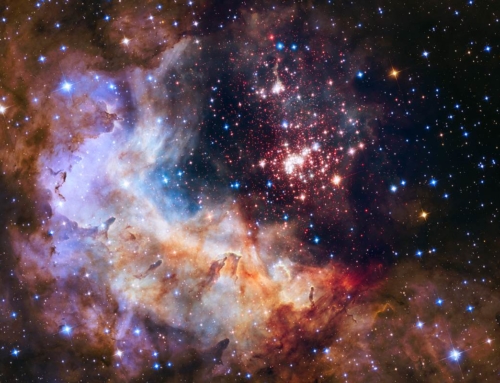 Is it ‘me and Jesus’ or ‘me and the Church’? This is the question of ecclesiology and the difference between Catholics and Protestants on this issue is illustrated by two different perspectives on Pentecost.
Is it ‘me and Jesus’ or ‘me and the Church’? This is the question of ecclesiology and the difference between Catholics and Protestants on this issue is illustrated by two different perspectives on Pentecost.
I think it is fair to say that most Protestants do not have an ecclesiology, or if they have one they do not have a coherent ecclesiology. That is to say, they don’t think much about the church, or if they have thought about the church their conclusions are incoherent or incomplete. This is because most Protestants work from the individualistic experience of Christianity as a starting point, and most Evangelical Christians (as opposed to Anglicans, Lutherans etc) work almost exclusively from the individualistic point of view. For them the Church consists of ‘all believers everywhere whose identity and numbers are known by God alone.’ Actual churches and denominations are considered in a utilitarian manner. They are a necessary practicality, but none is better or truer than another and the individual believer in Jesus simply needs to choose the one which works best for them or is the one they like best.
Therefore the Protestant understanding of Pentecost focuses on the tongues of flame descending on the heads of each individual disciples. That’s about it. The Holy Spirit comes down and grants each individual divine inspiration and a rapturous experience of the supernatural love of God. Now that’s all well and good, and Catholicism does not deny the individualistic experience of the Holy Spirit. However this is a minimalist understanding of Pentecost. It is, if you like, Mere Christianity when we should really all want More Christianity.
More Christianity invites the Protestant individualistic believer to look again at the significance of Pentecost. The Catholic portrayal of the event in the illustration above reveals the depth and breadth of meaning from the Catholic perspective. In this portrayal the tongues of flame do indeed descend on each of the disciples, and they are variously awed, stunned, flattened and devastated by the power of God in their lives.
However we do not see them merely as ‘disciples’ but more as apostles. The Holy Spirit descends on the chosen twelve thereby revealing the fulfillment of Christ’s promises to his Apostles and showing that it is not just disciples, but the Apostolic Church which is filled and inspired by Christ’s Spirit and (be logical extension) his authority. When he was on earth Christ exercised his divine authority by teaching the truth, healing the sick and taking authority over evil. He instructed his apostles to do the same saying, “As the Father has sent me, so I am sending you.” He promised the Holy Spirit, the Comforter, who would remind them of his teachings and lead them into all truth.” This Holy Spirit descends on the Apostolic Church inspiring them and filling them with the authority and power that the Lord promised.
There is more: the Blessed Virgin in in their midst. She is not bowled over by the infilling of the Holy Spirit because she has already been overshadowed by the Holy Spirit at the moment of the Annunciation. She who conceived and gave birth to the God incarnate stands in the center of the church’s moment of birth. She who gave birth to the Body of Christ incarnate is there giving birth to the Mystical Body of Christ the Church. The same Holy Spirit who overshadowed her then overshadows her now. Just as Christ was incarnate through her, now the mystical Body of Christ is incarnate through her into the world. The apostles surround her and receive the Lord through her for without her there would have been no Lord Jesus Christ, and without her there would therefore be no Mystical Body of Christ.
Furthermore, the painter places the event within the Upper Room. Continue Reading





